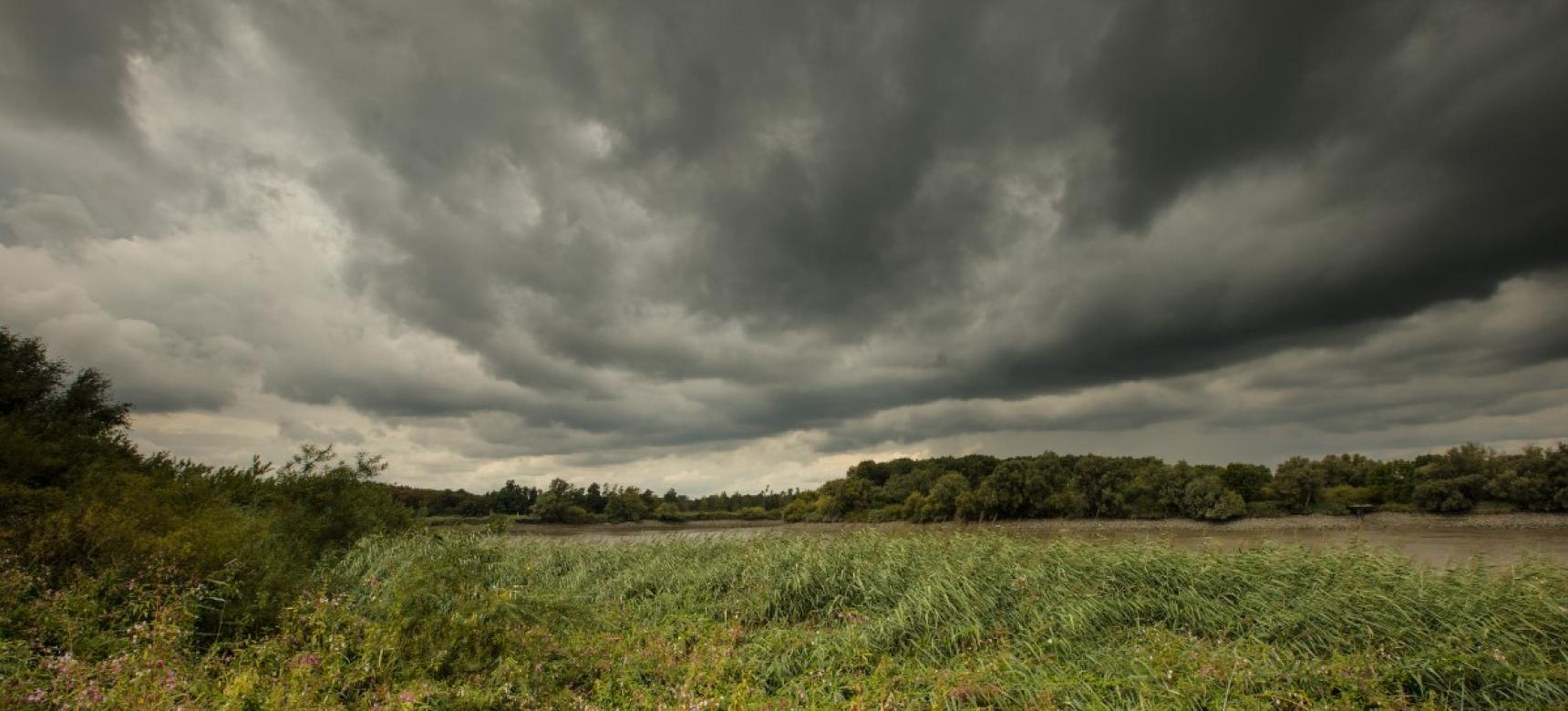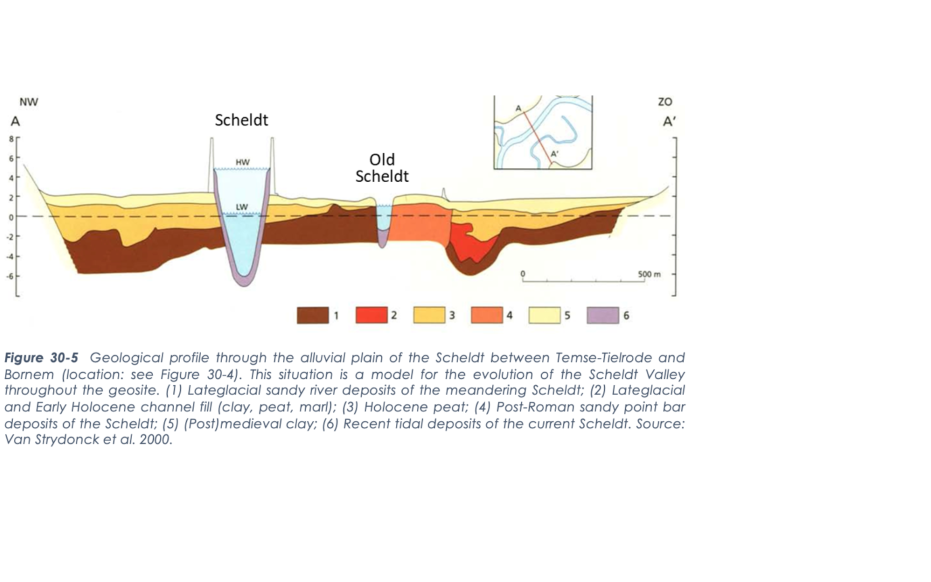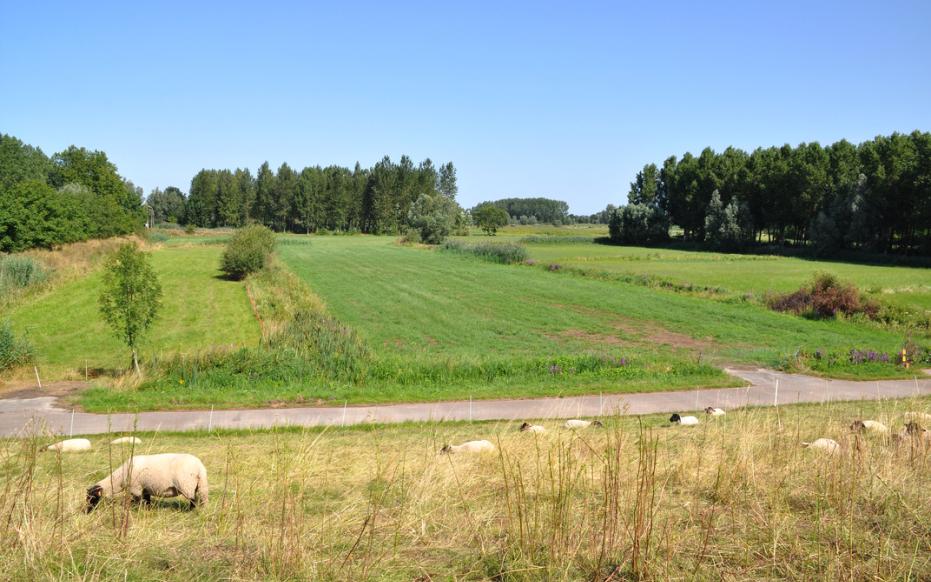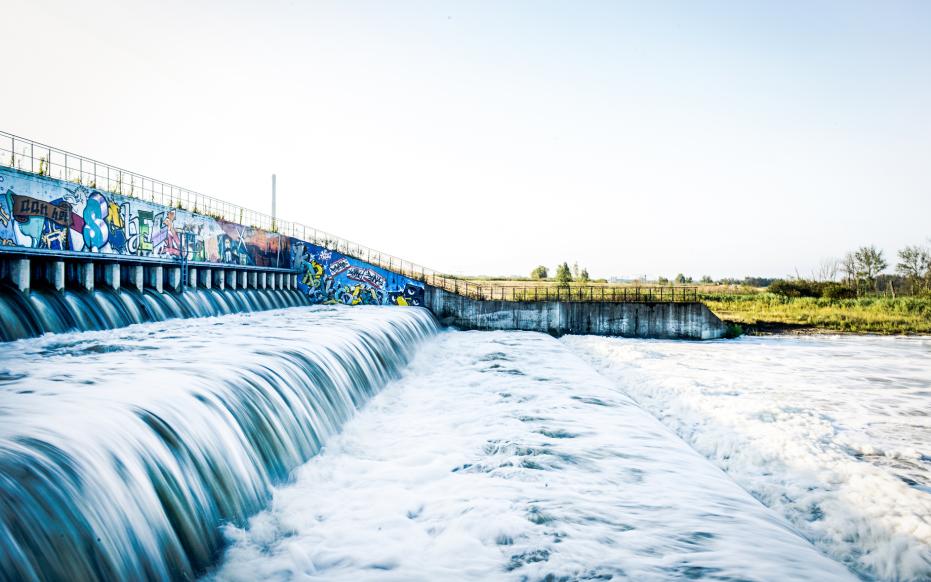Origin of the landscape
During the Pleistocene, the precursors of today's rivers of the Scheldt Basin converged in the Flemish Valley. At the end of the last ice age, it was dammed by the Maldegem-Stekene cover sand ridge. This caused the Scheldt, together with the Rupel, to use the "breakthrough valley of Hoboken. During the late glacial, the braided river system changed into a meandering river that carved itself deeply. A very last cold phase created a barren landscape and dune formation. From the Early Holocene, forests developed, turning the Scheldt into a small stream within a swamp forest. Rising water levels led to peat-filled gullies during the Middle Holocene. Later, the tide reached the geosite, causing locally a clay layer in the peat. Eventually, an inaccessible, marshy zone with pocket forests formed over the Scheldt Valley.





